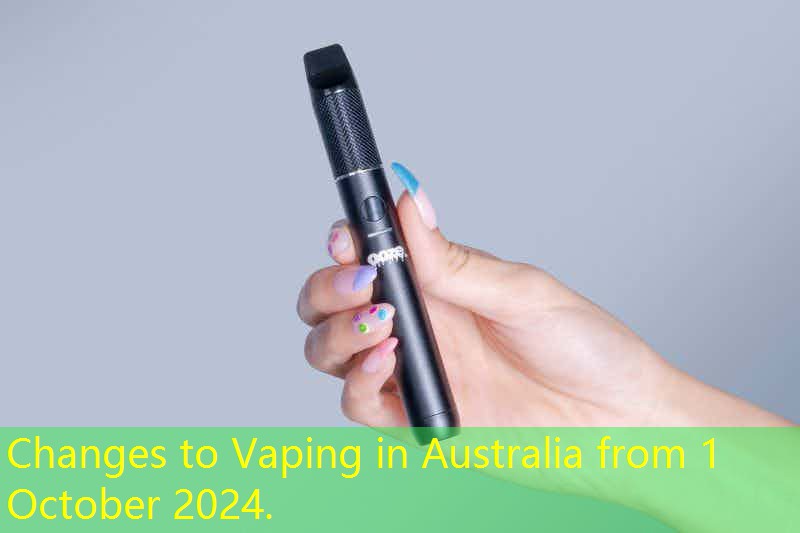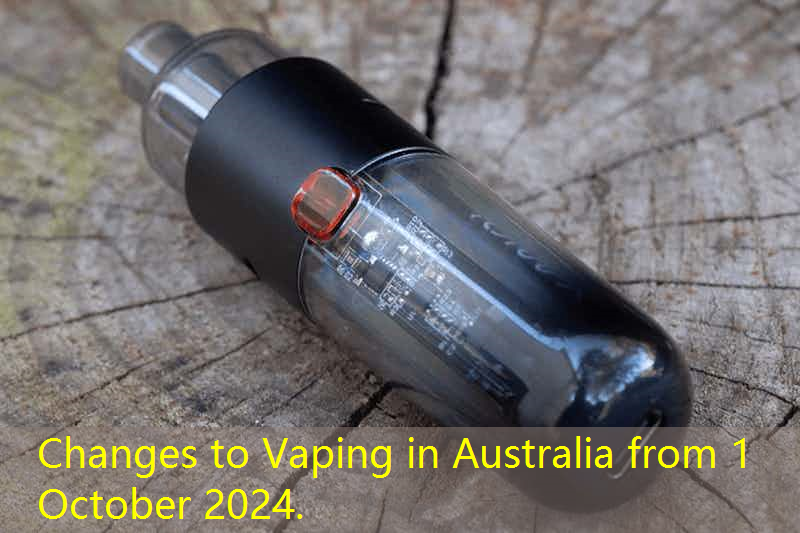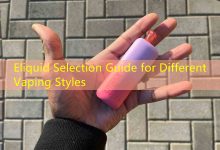تغییرات در Vaping در استرالیا از 1 اکتبر 2024
همانطور که استرالیا برای تغییرات قابل توجهی در قوانین بخارپزی خود آماده می شود 1 اکتبر 2024, مقررات آتی قرار است چشم انداز بخارپز را برای مصرف کنندگان و مشاغل به طور یکسان تغییر دهد. با افزایش نگرانی ها در مورد تأثیرات سلامتی و دسترسی جوانان به محصولات بخارپز, دولت استرالیا گام های قاطعی برای رسیدگی به این مسائل برداشته است. این مقاله به بررسی این موضوع میپردازد که این تغییرات شامل چه مواردی میشود و چگونه ممکن است بر کاربران و صنعت بخارپز در سراسر کشور تأثیر بگذارد.
New Regulations on Vaping Products

Beginning October 2024, دولت استرالیا مقررات سختگیرانه ای را در مورد فروش و توزیع محصولات بخارپز اجرا خواهد کرد. The main focus will be on controlling nicotine levels in e-liquids and restricting the types of flavors available. This initiative aims to reduce the appeal of vaping, particularly among teenagers, who are increasingly drawn to these products due to their diverse flavors and marketing strategies.
According to recent surveys, the accessibility of flavored vaping products has contributed significantly to their popularity among youth. The new regulations will limit the flavors available for sale, potentially leading to a decrease in consumption among younger demographics. Only non-flavored or tobacco-flavored products may be permitted, in an effort to curb the rising youth vaping epidemic.
Licensing and Retail Changes
In addition to flavor restrictions, only licensed retailers will be allowed to sell vaping products. This licensing system aims to ensure that vendors comply with health standards and regulations. Retailers will need to demonstrate knowledge about the products they sell and commit to preventing sales to minors. This move is anticipated to create a more controlled marketplace where consumers can make informed choices about their vaping habits.
بعلاوه, online sales of vaping products may face stricter regulations to prevent underage access. The government is reportedly developing a comprehensive database to track vendors, enhancing accountability and safety within the vaping market.
Health Warnings and Packaging Requirements
With new laws also come updated requirements for packaging and health warnings on vaping products. Every package will have to include clear health warnings regarding the risks of vaping, including potential addiction and health complications. The goal is to promote informed decision-making among consumers, especially those considering transitioning from traditional cigarettes to vaping.
The adoption of standardized packaging may also play a role in diminishing the allure of vaping products. By minimizing branding and using non-descript designs, the emphasis will shift to health warnings rather than marketing.
مطالعه موردی: Impact on Youth Vaping Rates
In light of these upcoming changes, a comparative analysis of youth vaping rates before and after the implementation of similar regulations in other countries can provide valuable insights. Following stricter regulations in the UK, youth vaping rates dropped significantly, demonstrating how effective policy can shape consumer behavior.
| Country | Regulation Implementation Date | Youth Vaping Rate Before Regulation | Youth Vaping Rate After Regulation |
|---|---|---|---|
| United Kingdom | April 2021 | 15% | 8% |
| United States | November 2019 | 13% | 9% |
This data suggests that implementing restrictive measures can lead to a decrease in youth vaping prevalence, providing a hopeful outlook for Australia’s upcoming initiatives.
What will happen to existing stocks of vaping products?
As the regulations come into effect, questions arise regarding what will happen to existing stocks of vaping products in stores. Retailers may be required to phase out non-compliant products over a specified period, potentially leading to significant financial implications. Products that do not meet the new flavor and licensing criteria may be subject to forfeiture.
Will vaping still be a viable alternative to smoking?
With the introduction of strict regulations, many current users are concerned about the future of vaping as an alternative to smoking. Experts suggest that while availability may diminish, vaping can still serve as a harm reduction strategy for those seeking to quit smoking—provided that new regulations promote safe usage and informed choices among consumers.
How will enforcement be handled?
The enforcement of these new regulations will likely fall under the jurisdiction of local health authorities. Inspections and compliance checks will be integral in ensuring adherence to the laws. The implementation of a dedicated task force could also be necessary to oversee the complex landscape of vaping regulations, aiming to deter illegal sales and protect public health.








